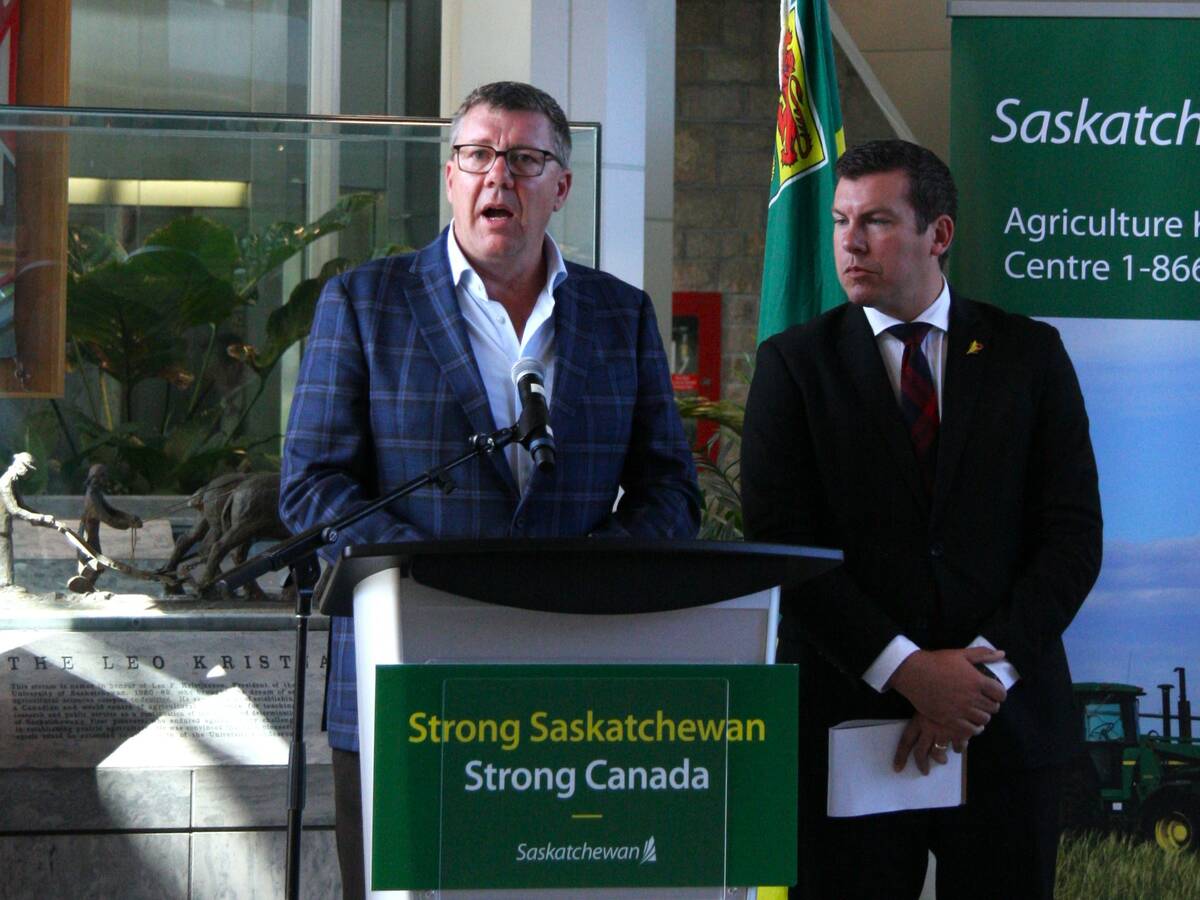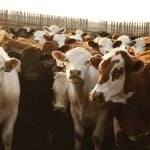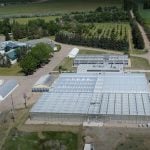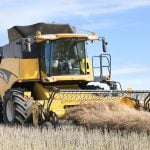The Saskatchewan government says it is making progress under new drainage regulations announced two years ago.
A record 693 quarter sections were brought into compliance in the last fiscal year, an increase from 328 the previous year.
Environment Minister Dustin Duncan said the numbers speak for themselves.
“I think it does show that the new Agricultural Water Management Strategy is working,” he said in an interview.
Most of the approvals, 635 of them, were brought into voluntary compliance, according to the province, and 58 were a result of complaint-based closure.
Read Also

Key actions identified to address canola tariffs
Federal and Saskatchewan governments discuss next steps with industry on Chinese tariffs
Duncan said nearly 1,300 quarters are now either in compliance or closed.
But that’s a long way from the estimated 150,000 quarters that officials believed were being drained without proper approval when the new regulations were implemented.
The minister said as larger networks such as conservation and development areas obtain approval the numbers will rapidly change.
The government highlighted the Lang West Conservation and Development Area as one of the main projects of 2017-18.
Farmers in the region southeast of Regina formed the C & D in 2012 after flooding in 2011 and came up with a way to channel runoff into the Moose Jaw River. The solution was approved in March 2018, granting compliance to 30 quarters to lessen flood risk, protect wetlands and manage wildlife habitat.
The area chair, Jim Faulkner, said in a government-issued news release that farmers relied on commitment, communication and co-operation among all parties to get work done.
The C & D used Moose Jaw River Watershed Stewards to develop its application.
Duncan said he expects another 10 networks involving about 900 quarters to come into compliance this year.
But he also agreed that some illegal drainage is still likely to occur.
“This is one of those issues where there’s not going to be 100 percent acceptance,” Duncan said.
For some, the process moves too slowly, he said, while others believe no drainage should happen at all.

















